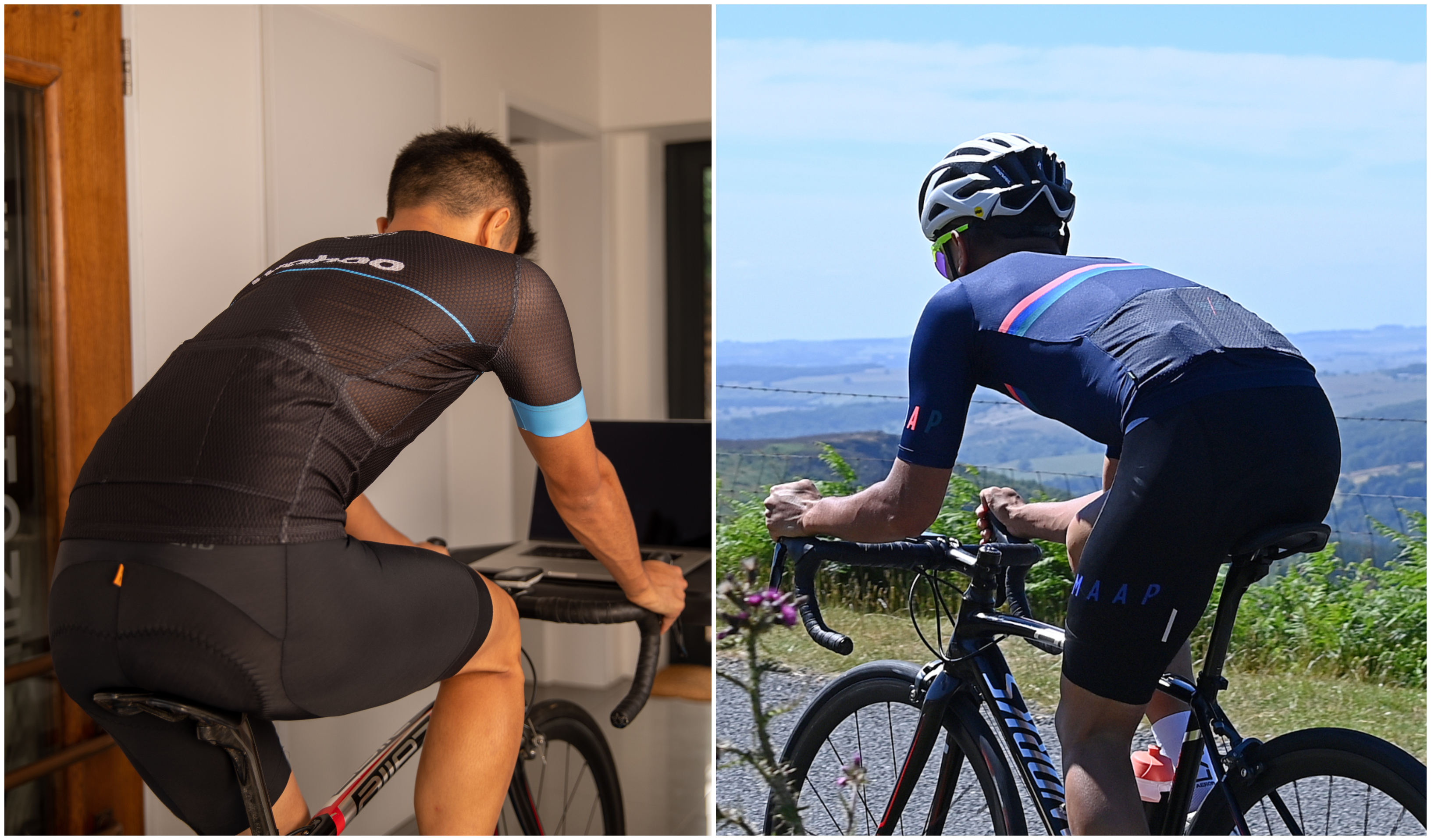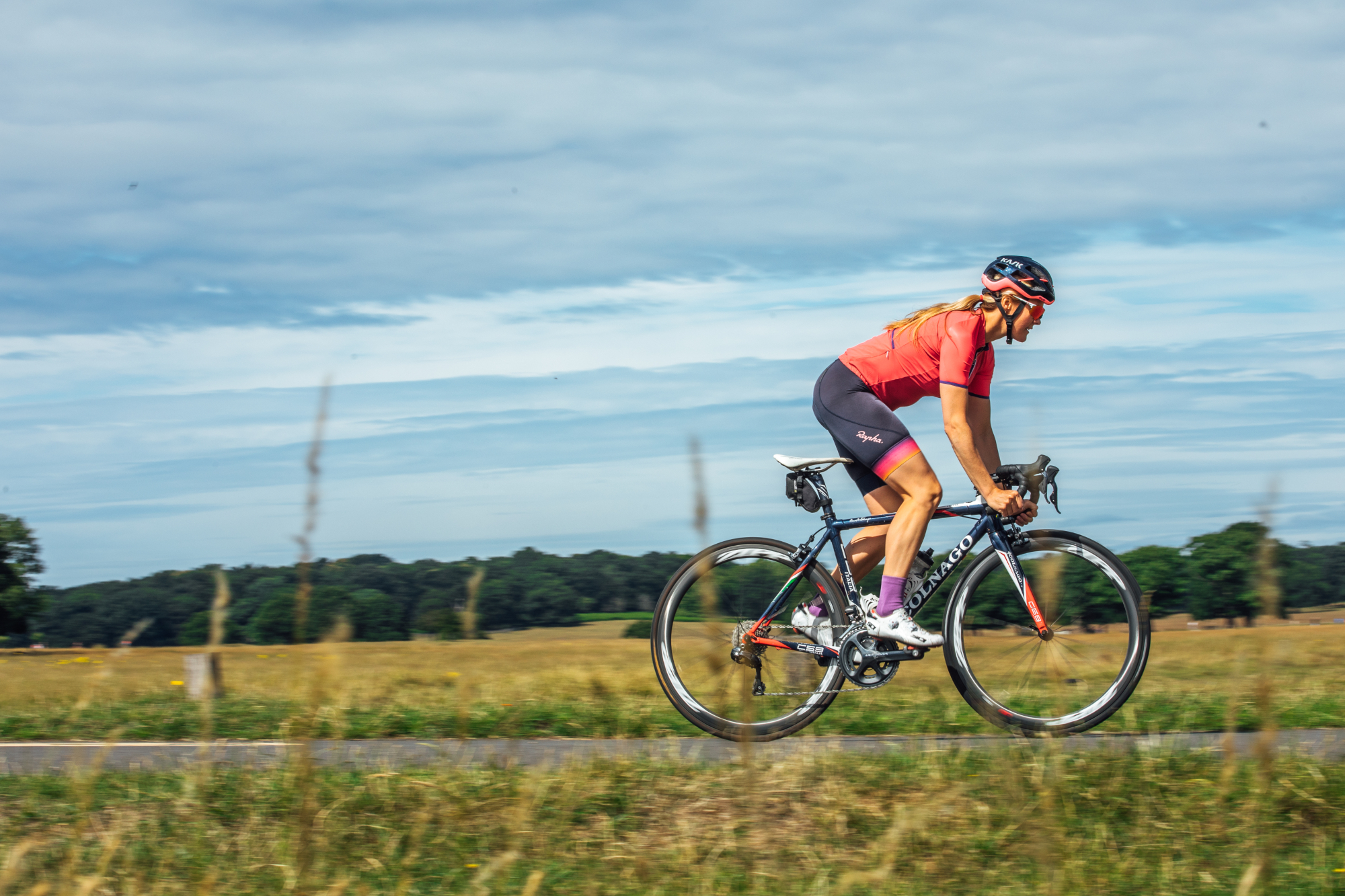Why 1-min on, 1-min off interval workouts are the best way to kickstart your cycling training
Do if… you want to start including intervals into your rides for fitness gains


Ready to get fit through cycling? This cycling workout is great for both those first dipping their toes into structured training, as well as seasoned athletes looking to build up their fitness again after a long time off the bike for whatever reason.
For everybody, there is the temptation to jump straight in with the most brutal workout you can find - start as you mean to go on, right? But really, that just spells a one-way ticket to common cycling injuries, ironically leaving you with more time off the bike.
This cycling workout will get you working, expanding good levels of energy and stimulating those signals which tell your body that these muscles are being used. At the same time, this workout isn’t so intense as to risk any strains, here we’re building the foundations of fitness in the right order.
So, what’s in store? We’ll be starting off with a 10 minute warm-up followed by five one-minute efforts at threshold, each followed by one-minute really easy pedalling. After that first ‘block’, it’ll be five more minutes of recovery and then repeating that one-minute ‘on’ / one-minute ‘off’ block.
You should feel your legs working in the efforts, but it shouldn’t be anything like an all-out sprint for the line. Think about the kind of intensity you’d be putting in when cycling into a hard headwind or up a long - but only moderately steep - hill.
For those using and training with a power meter or heart rate monitor and who know their training zones, you’ll know what constitutes a Threshold - or Zone 4 - effort. But you can just plug your FTP or Critical Power (CP) into this session and it’ll work out all the numbers for you.
But be warned: if you are coming back from a long time off, your numbers are likely going to be very different to what they were. And jumping straight in with an FTP test on Zwift as your first time on the bike isn’t a particularly pleasant way to get going - best build yourself up training on feel just initially.
The latest race content, interviews, features, reviews and expert buying guides, direct to your inbox!
The workout
To download the session click on the embedded graph above. If you’re not already set up on TrainerDay it’ll ask you to register for an account - it’s free to do so and it’s free to download the session.
Simply explained
For those of us who have just started riding, all these numbers and power thresholds can be quite daunting. If you have acquired a power meter, you might not have done a power test yet, or even know how to! Although it is beneficial to have done a power test before doing these sorts of efforts, they can still be done using the power that you know you can maintain for a local 10 mile time trial. If you haven’t done one of those, you can do this cycling workout at the power that you can maintain for a 10 minute climb, with a reduction of 10 to 20 per cent.
For those without a power meter, you can use heart rate but, to make sure that the efforts are consistent, you can track your average heart rate during each minute and try and keep this the same. Your heart rate will increase during the efforts but you want to make sure you are not hitting your max heart rate. Essentially, you are looking for each effort to be around the same average heart rate and also the same peak heart rate.
For those without a power meter or heart rate monitor, you can do this based on RPE. It can be a bit difficult to gauge what the effort feels like as this effort sustained for 20 minutes will feel a lot harder than sustained for one minute. A good rule of thumb would be that each one minute interval feels like a seven out of 10. So, it is a hard effort, but one that feels like it would be easily sustainable for longer than the one minute.
The benefits to this cycling workout are various. It does produce a training stimulus due to having to start the effort, have a short break, and then start another effort - a bit like doing micro intervals but on a slightly larger scale. You can read more about some of this benefits in the explainer to a 20/40s cycling workout. For the most part though, the session presents a good opportunity for people to begin adding intervals and structure into their training.
Golden rule

Don’t start the first effort too hard or, by the time you get to the later effort, it will feel too difficult. Pacing can be a tricky thing to learn in the early stages and it might be that the first few times you do the session, you do the first couple of efforts too hard. However, the more familiar you become with judging your own internal sensations whilst riding, the better you will get at pacing your efforts without using either heart rate or power.
Sunny out? How about…
For riding outdoors, this cycling workout requires a little thoughtful planning as it involves quite a long period of alternating focused effort and rest. There are several ways to approach this. The first is to find a 10 minute section of flat or rolling road that doesn’t have any disruptions like tight corners, junctions or traffic lights. You can do your one minute of threshold and then your one minute of rest easily as, on the flats, you can rest properly. You then need to repeat this five times in total to do one effort block. The rest between effort blocks can be extended slightly to suit your needs.
The other way of doing the cycling workout is to do it on a climb that is 10 minutes long. This can be a bit more difficult as the rest period is going to be harder because you will need to push out more power on the climb than you would on the flats. However, it is still possible to complete the workout this way.
Andy is a Sport & Exercise Scientist, fully qualified and experienced Cycling Coach, Sports Director, Freelance Writer, and Performance Consultant. He spent 3 years riding for a UCI cycling team and 7 years as a BC Elite rider, competing in prestigious events such as the Tour of Britain and the Volta a Portugal.
Graduating with a first-class honours degree in Sport & Exercise Sciences, he continues to pursue his interest in research in the field of Sport Science alongside managing his coaching business, ATP Performance. He also works as a Wind Tunnel operator and Performance Consultant at the Silverstone Sports Engineering Hub, working with individuals, teams, and businesses to optimise performance and develop products.
